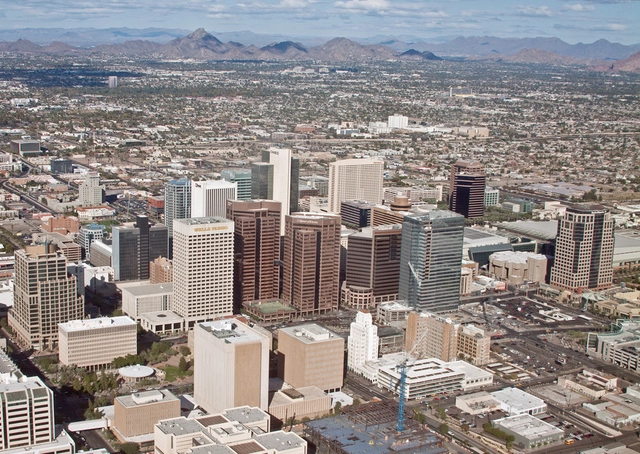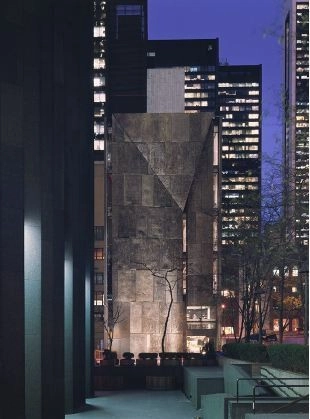
Last night we attended the Pritkzer Prize ceremony, where the 2013 laureate Toyo Ito accepted the prestigious award at the JFK Presidential Library in Boston.
On his acceptance speech, Toyo Ito recognised the team that has worked with him during his 42 years of practice, including engineers and architects who attended the ceremony, including a very special former employee: Kazuyo Sejima, who worked with him for 7 years before establishing her practice, and also a Pritzker laureate (2010). As Ito said "Making architecture is not something one does alone; one must be blessed with many good collaborators to make it happen".
And then, Ito continued his wonderful speech on how modern architecture and nature have been in a constant clash, how he has approached this relation and what he hopes for the future, appealing to JFK's famous quote "ask not what America will do for you” to propose the question "What can we ourselves do for the freedom of man?".
The full speech is reproduced below, so you can understand how Ito's passion for architecture and critic view of the state of world turns into a message of union for architects:























